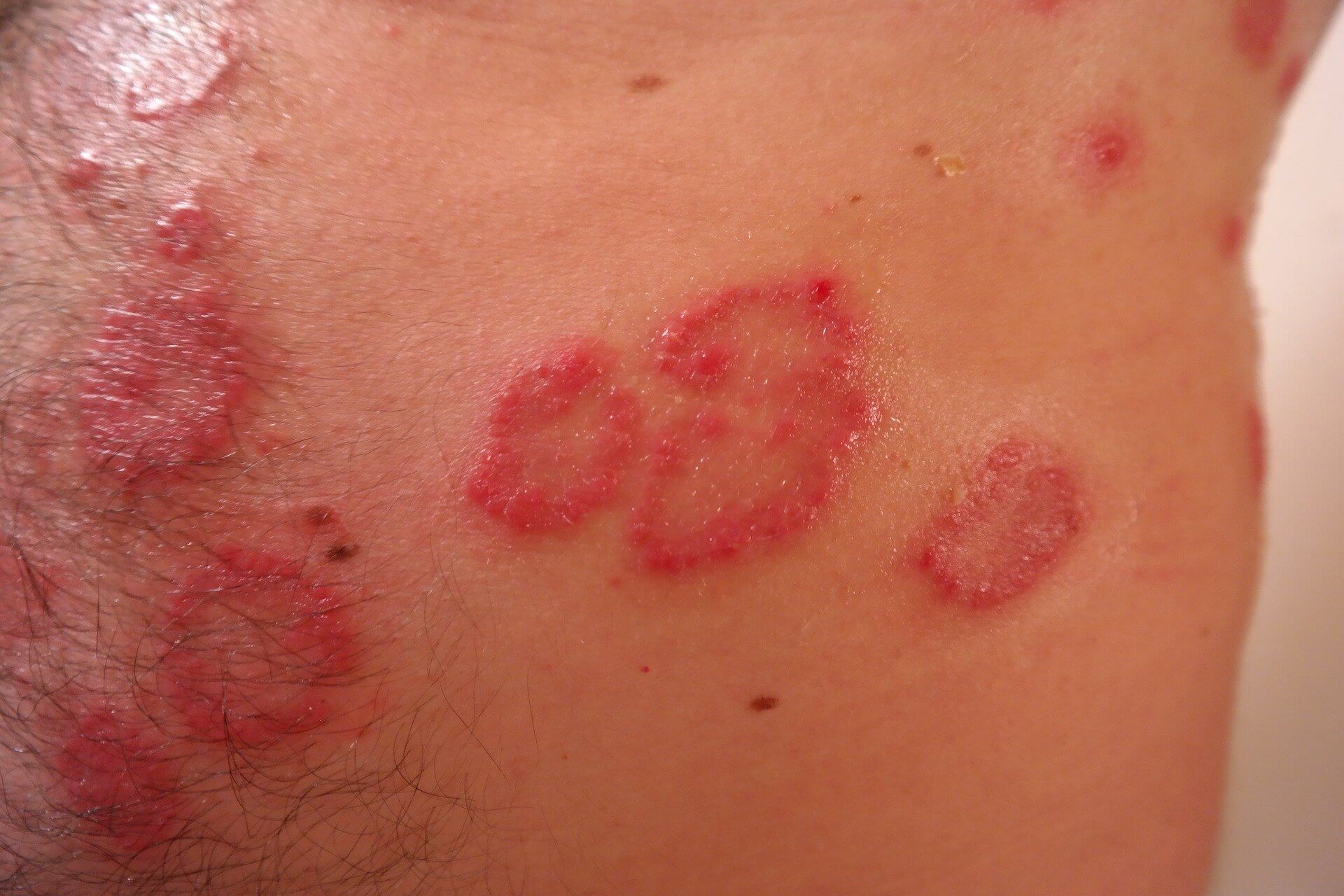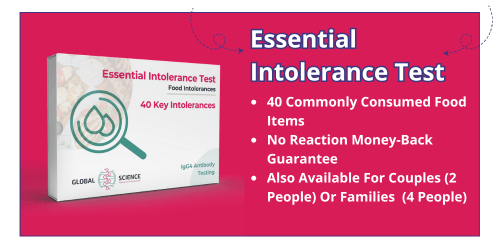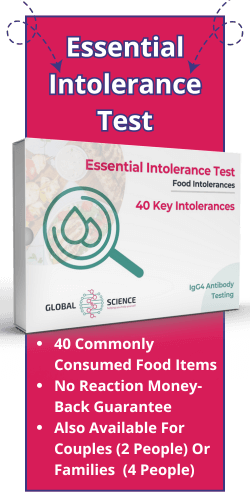Getting a Food intolerance test can be incredibly insightful, and helpful in overcoming previously unexplained symptoms. But with so many testing options available, it can be challenging to determine which one you should get.
Your Intolerance Test Options
There are several options to choose from with food intolerance testing. Let’s have an overview of them;
Cell-Based Tests
Two cell-based blood tests are available; MRT and ALCAT. While some practitioners have reported that they find these tests useful, published studies on the tests are limited.
MRT
Tested with a blood sample, this test exposes your sample to various food antigens and, if your white blood cells’ shrink’ when exposed, there is a change in the solid to liquid ration in the blood sample. This is measured to determine reactivity to the food.
A small study presented at an American College of Gastroenterology conference found that people with irritable bowel syndrome (IBS) who followed an elimination diet based on MRT results for at least one month reported a 67% improvement in gut issues, such as diarrhoea.
Unfortunately, no control group was used in this study, and it hasn’t been published in full. Also, PubMed lists no studies on this test.
ALCAT
While being the predecessor of the MRT test, many practitioners and labs still offer this intolerance test. A blood sample is used for this test also, but only the change in white blood cells size is measured to determine reactivity. Some believe this, rather than assessing the liquid to solid ratio, can cause lower accuracy results.
When individuals with IBS followed a diet based on their ALCAT test results for four weeks, they reported twice the reduction in certain IBS symptoms, such as abdominal pain and bloating, compared to those given a placebo diet. However, those who followed ALCAT-based diets didn’t rate their IBS relief as adequate or significantly improving their quality of life.
Anti-Body Based Tests
Antibody-based food sensitivity tests measure your production of immunoglobulin G (IgG) antibodies to foods. They’re available under several brands. This type of testing has more published research compared to other methods.
These studies have suggested that eliminating foods guided by IgG tests can help improve symptoms in people with IBS and migraines. IgG testing can be done with either a blood or hair sample, but there is more research backing blood sample IgG testing than with hair.
Muscle Response Test
Also known as ‘applied kinesiology’; this involves holding a vial containing the food antigen in one hand and extending the other arm, parallel to the floor. The practitioner then pushes down on your extended arm. If it’s easily pushed down (indicating a weakness), you are ‘diagnosed’ as sensitive to the food being tested.
However, In the few published studies on this method, it is suggested to be no better at identifying food sensitivities than by guessing.
Elimination Diet
The elimination diet is considered the ‘gold standard’ in food sensitivity testing. The concrete response by the body after a period of eliminating suspected problem foods and then testing them for reactions.
It’s best first to take a food sensitivity test to reduce the guesswork as to which foods are problematic, and help guide your elimination diet. This can help reduce the time it takes to get rid of your food sensitivity symptoms finally.







